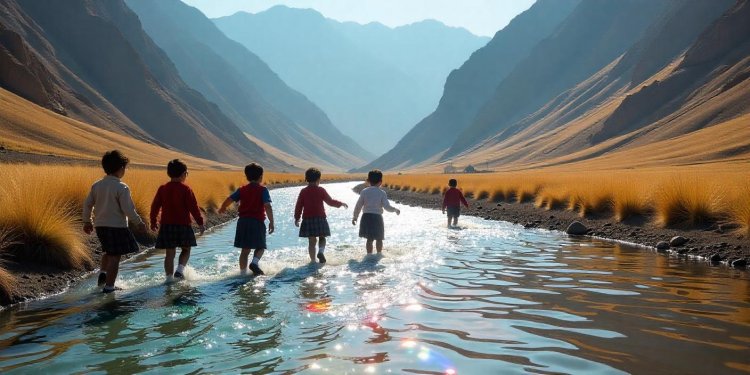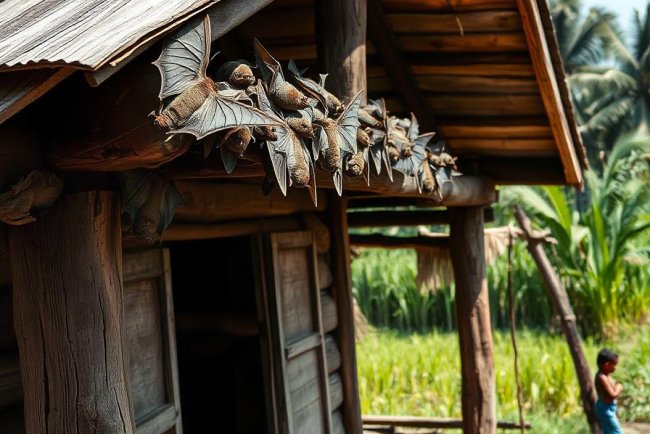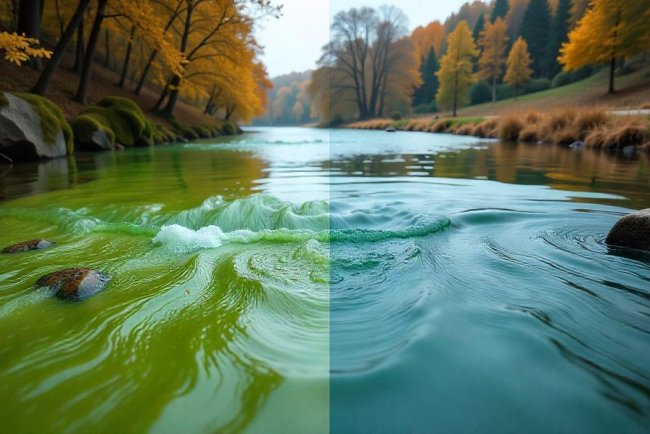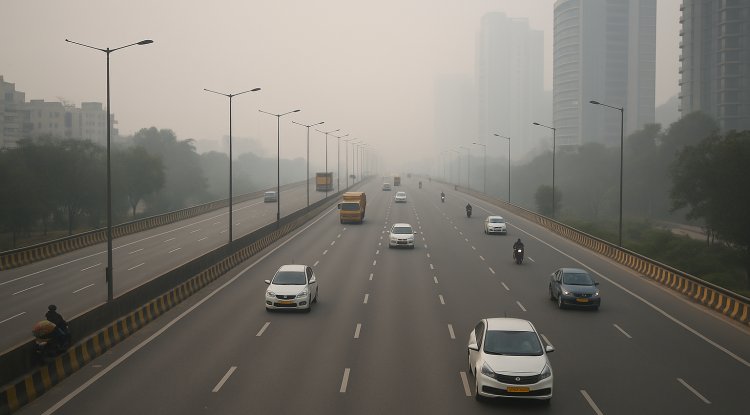Artificial Glaciers Improve Water Access in Northern Pakistan Amid Climate Change
Farmers in Gilgit-Baltistan, Pakistan, use artificial glaciers known as "ice stupas" to combat water scarcity caused by climate change. These man-made structures store water in winter and release it in spring, transforming agriculture in over 20 villages.

In Gilgit-Baltistan's mountain valleys of northern Pakistan, a new technique called "ice stupas" is fighting climate change-related water scarcity. While the conventional source of snowmelt and glacial run-off decreases in proportion to warmer winters, local agriculturalists have turned to artificial glacier methods in an attempt to store water in the form of ice towers in winter. Snow-covered cone-shaped formations melt gradually in spring, providing a steady supply of water to meet irrigation and domestic requirements. Gilgit-Baltistan, where the second-highest peak in the world, K2, is located, boasts more glaciers than any other non-polar area, but increasing temperatures have interfered with the natural snow pattern.
As unpredictability in snowfall has increased, locals now employ climate-resistant measures. Skardu Valley farmers, living at 2,600 meters and above sea level, learned about the artificial glacier method from YouTube clips of Indian inventor Sonam Wangchuk, who first developed the method in Ladakh. Inspired by this, villagers started constructing their own ice stupas from 2018. The procedure is achieved by piping water from local streams and spraying it into the air during sub-zero winter nights, freezing it in the air and building enormous ice cones. The artificial glaciers are used as open-air reservoirs, slowly melting when the weather heats up and delivering critical irrigation to crops like apples, apricots, potatoes, and wheat.
This adjustment has proven to be crucial in a region where 80% of the terrain is semi-arid or arid and water supply depends mainly on upstream glacial and snow melt. Up to 20 villages have been building stupas every winter season in recent years, with more than 16,000 residents benefiting through guaranteed access to water without huge storage facilities.
Success with the ice stupas has been nothing but revolutionary. Farmers say that they can plant several crops in a year as opposed to one previously. Eight stupas were constructed in a season in villages such as Hussainabad and Pari, which have a capacity of approximately 20 million liters of water. This has enhanced food security and resistance to late glacier melts that previously pushed sowing to late spring.
Pakistan has warmed at almost twice the world average, with the climate crisis intensifying both droughts and glacier melting. Researchers have warned that further warming would severely cut water supply from natural sources in the long term, and sustainable technologies such as ice stupas are crucial for adaptation. Whereas some Karakoram range glaciers experienced decreased melting rates, the overall regional trend is one of more exposure.
This grass roots initiative, aided by institutions like the UN-funded GLOF-2 (Glacial Lake Outburst Floods) project, demonstrates how grass roots can be the key to adaptation against climate. Such initiatives with funds and assistance can be replicated to other mountain ranges in similar situations.
While Pakistan grapples with thawing glaciers-induced climate hazards, heatwaves, and floods, technologies such as ice stupas provide adaptive sustainability hope. People in Gilgit-Baltistan have adapted to technology and local knowledge to come up with a system that keeps their agricultural life going while coping with a life of uncertainty.
Source & Credits: Modified from AFP reporting on Phys.org (2025)
What's Your Reaction?

















